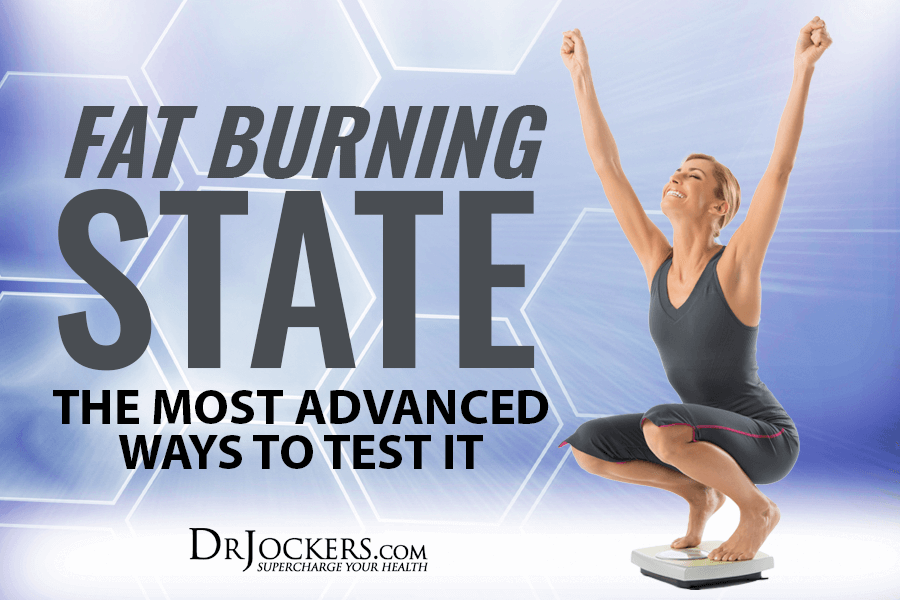 Fat-Burning State: The Most Advanced Ways to Test It
Fat-Burning State: The Most Advanced Ways to Test It
You want to make your diet and exercise plan work harder for you so that you’re in a fat-burning state (also known as your state of ketosis) all day long. Despite what you may have heard or read, there isn’t one secret formula that turns everyone’s body into a fat-burning furnace.
Each of us has our own unique responses to the foods we eat. Testing can help you understand which foods and strategies will shift your body into ketosis so you burn fat as a primary energy source. It’s also important to understand which foods and practices slow down or even halt that fat-burning process.
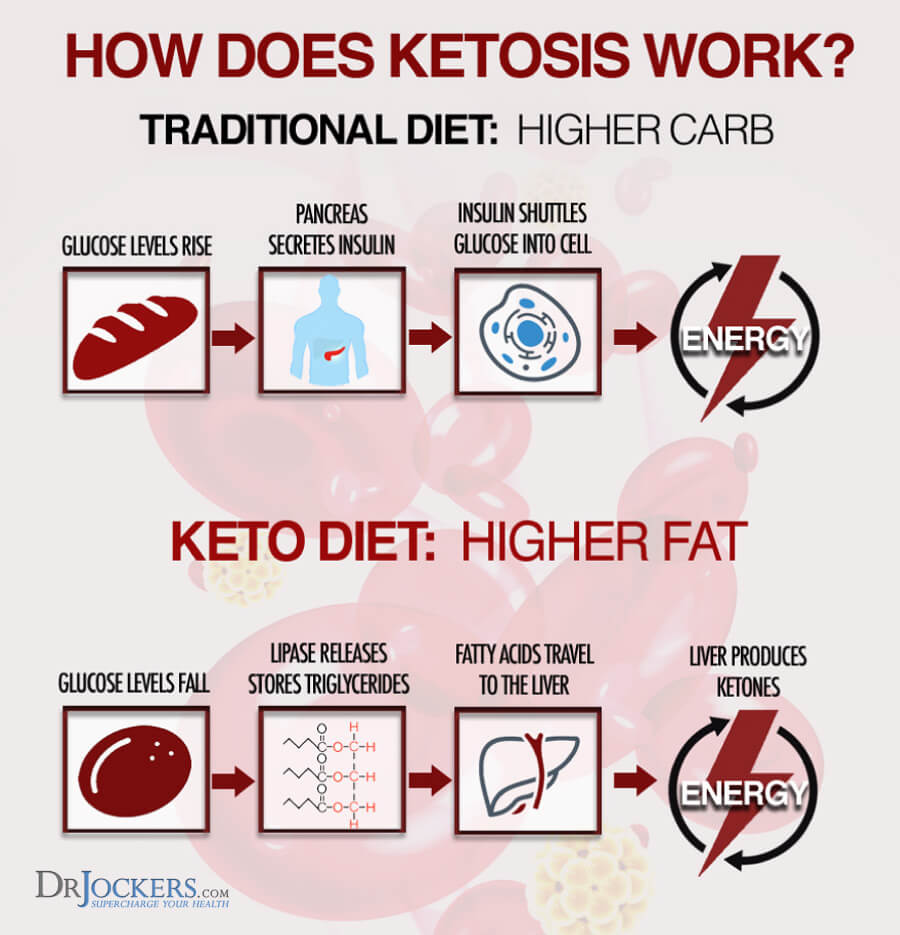
Fat-Burning Benefits
Once you train your body to burn fat as its primary energy source, you’ll see the fat loss results you desire. You’ll also have more energy for a longer period of time. There are actually much more powerful benefits to shifting your metabolism like this.
Following a nutrition plan that promotes fat-burning actually offers many benefits including reducing inflammation, increasing mental health, and promoting the formation of new mitochondria (1, 2, 3)!
Testing your state of ketosis can be a fun experiment that requires some trial and error in order to determine if your wellness plan (including nutrition, exercise, sleep, and stress) are working to help your body reach ketosis and stay there.
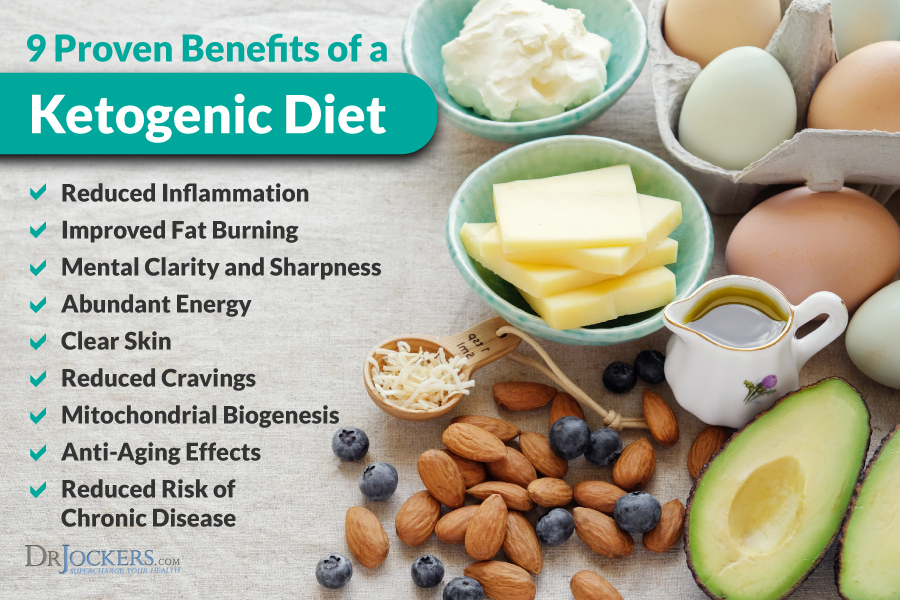
Biggest Fat-Burning Mistakes
Before we discuss measuring ketones, I want to briefly cover the things I have noticed either help or prevent someone from entering a fat-burning state. If you are familiar with these things already, then skip ahead to learn about how to measure your fat-burning state.
However, it is quite common to make one or more of these mistakes that could be sabotaging your metabolism so read on to learn what to do to stoke your metabolic fire!
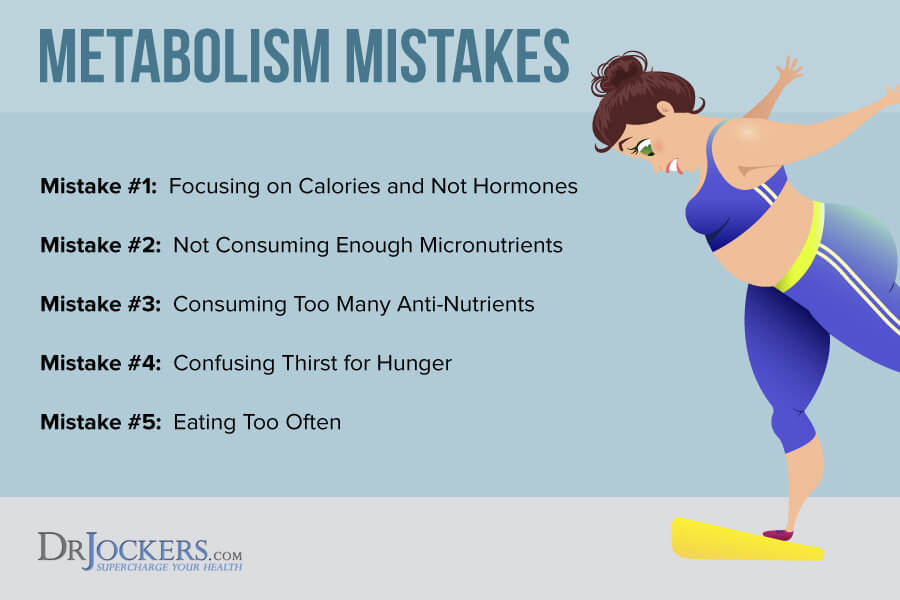
Focusing on Calories and Not Hormones
Plain and simple, calories do not dictate your weight. There are a mix of hormones that actually regulate your metabolism and completely change how your body burns fat. These hormones can be altered entirely by your lifestyle.
The five primary fat-burning hormones are adiponectin, ghrelin, insulin, leptin, and cortisol. These hormones are altered by stress, sleep, exercise habits, nutrition, and even hydration levels. The strategies I will discuss shortly will help to optimize these fat-burning hormones.

Not Consuming Enough Micronutrients
Your body needs certain nutrients in order to regulate your metabolism. For example, things like selenium, iodine, and zinc are all necessary for proper thyroid hormone formation. Thyroid hormone is what directly stimulates the metabolism!
There are also a number of other vitamins, minerals, antioxidants, enzymes, fatty acids, and various nutritional compounds that can influence the way we burn fat. Eating a healing diet and focusing on including a large portion of different plant foods into your diet can help.
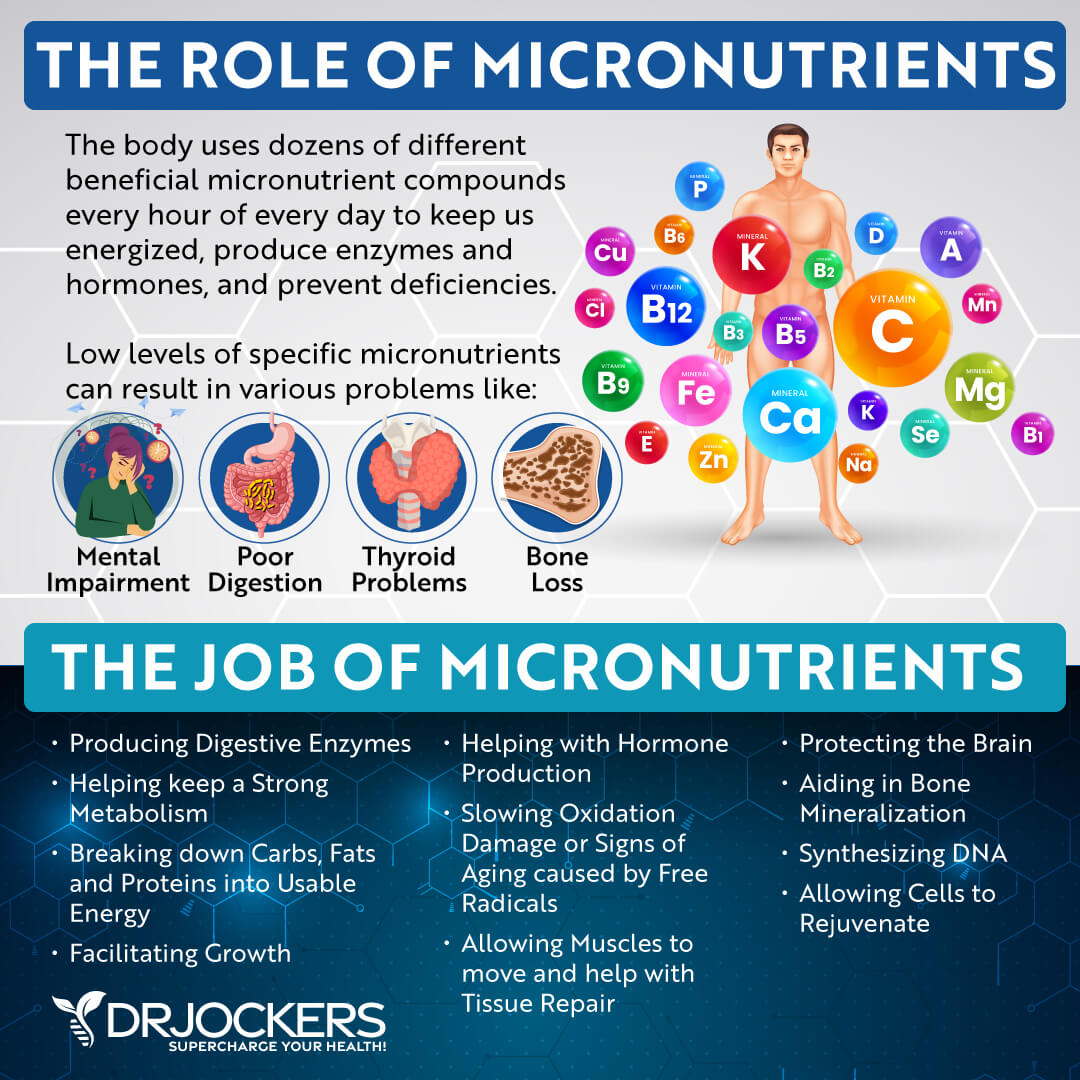
Consuming too Many Anti-Nutrients
The top anti-nutrients include toxins, processed sugar, and certain plant compounds (oxalates, lectins, and phytates). These are referred to as anti-nutrients because instead of providing nutrition for the body, they actually require the body to use its own nutrients in order to process them. Over time this can lead to poor nutrient levels in the body.
The top foods to avoid will include grains, legumes, nuts, seeds, non-organic foods, foods containing high amounts of sugar, and foods containing processed vegetable oils. If you do consume grains or oxalate-containing vegetables, it is best to sprout and lightly cook them, respectively.
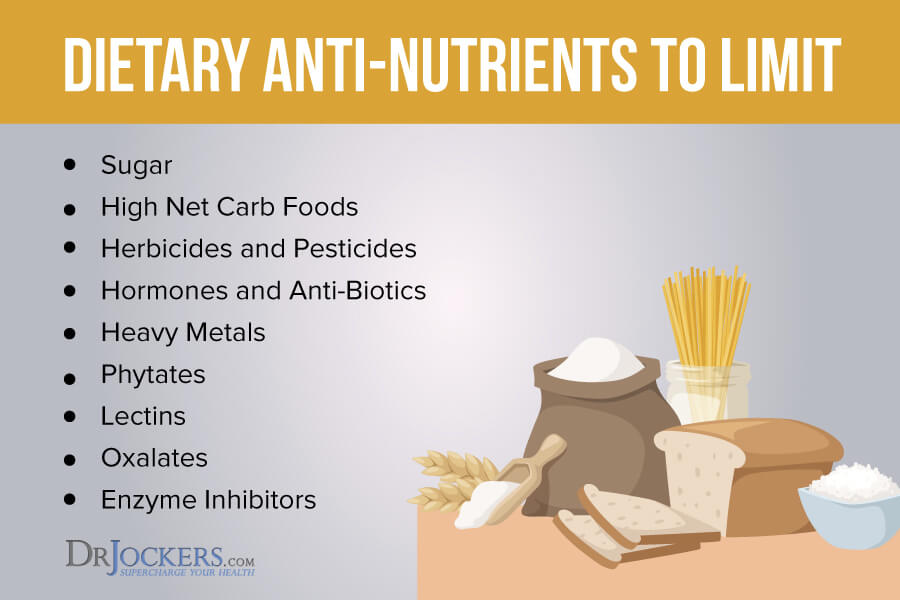
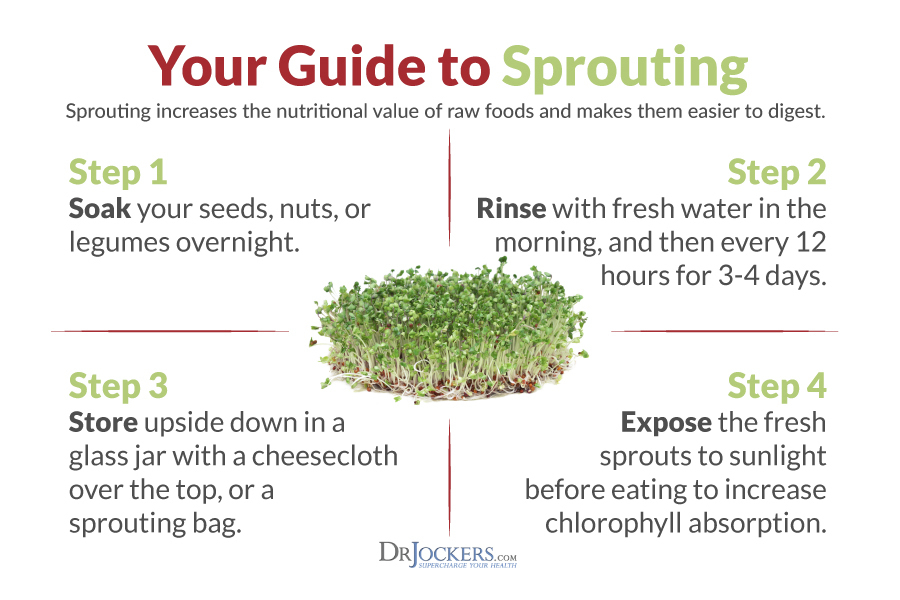
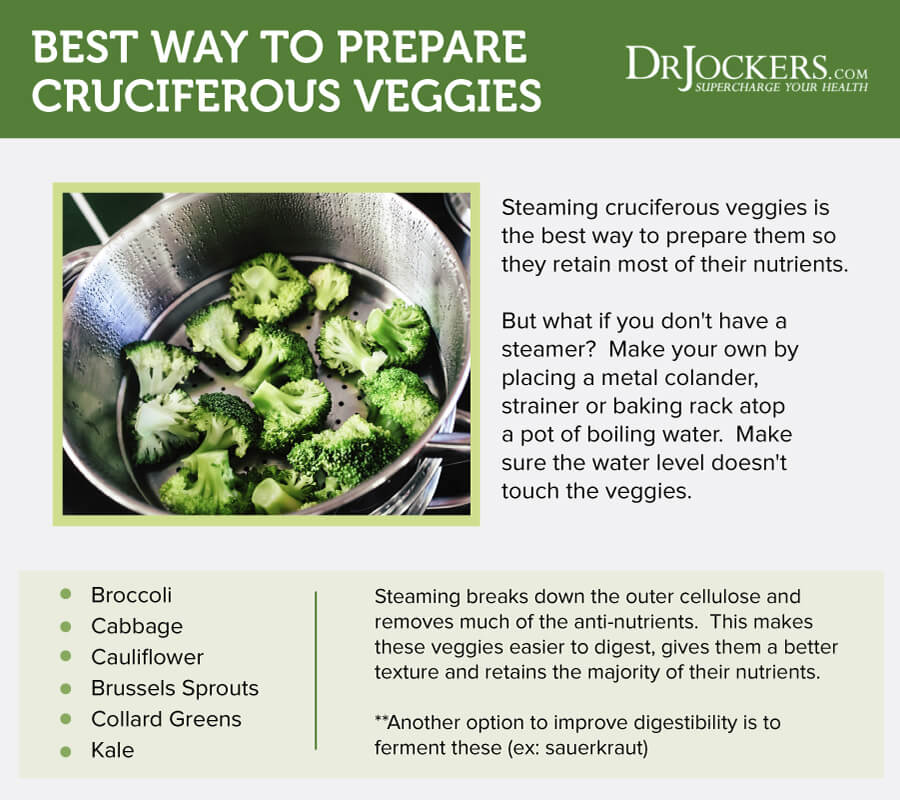
Confusing Thirst for Hunger
It is very common that a signal for hunger is actually caused by dehydration. When hydration levels drop, blood sugar tends to drop as well, leading to a pseudo-hypoglycemic episode of sorts. Oftentimes you may find that having a nice glass of water instead of reaching for a snack can help out quite a lot.
If you are following a low-carb nutrition plan and frequently get hungry between meals it typically means you are either dehydrated or not consuming enough fats. Try addressing these two concerns before chronically snacking.
Another great hack you can use would be to take some exogenous ketones with your glass of water to increase fat-burning and hydration without snacking!
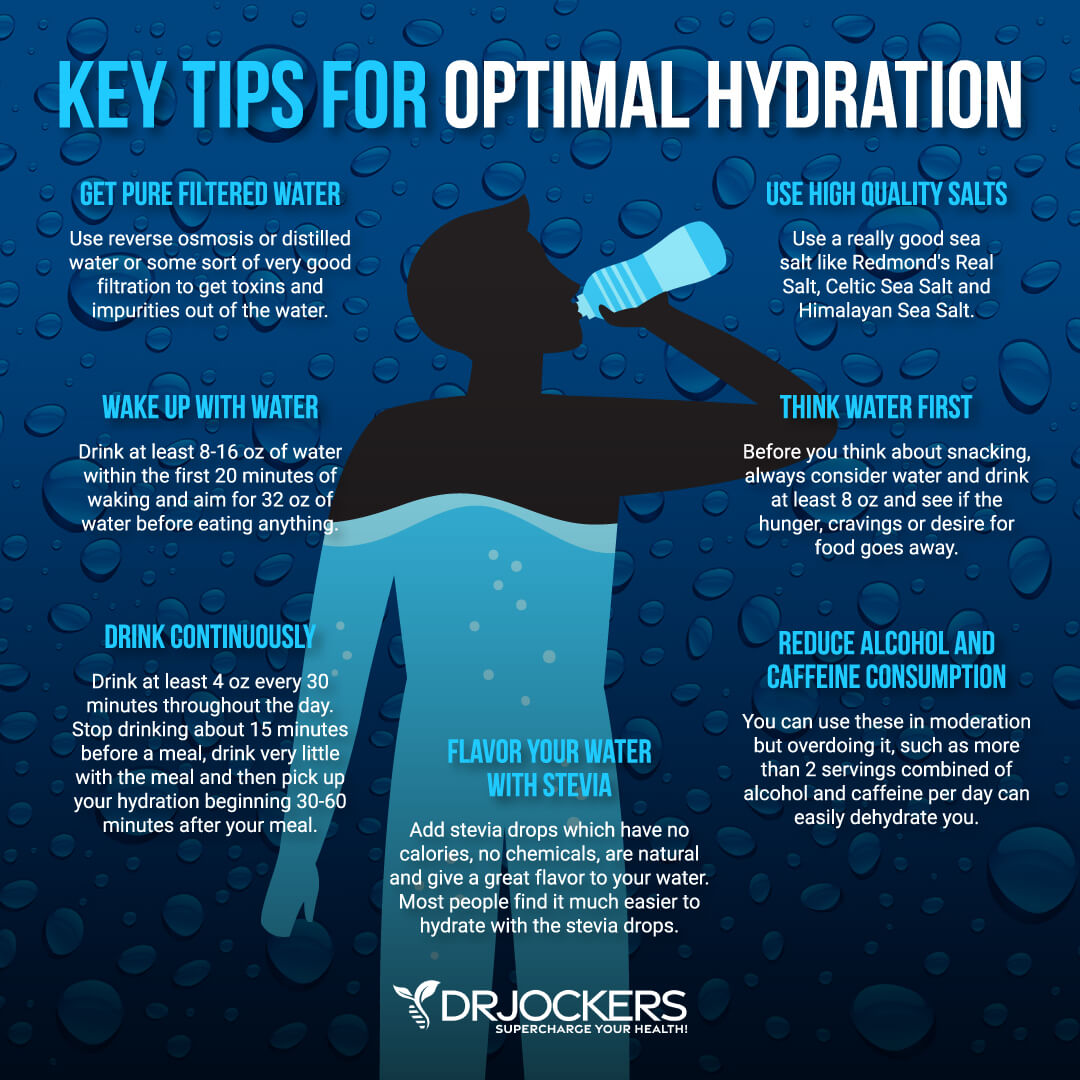
Eating too Often
Every time you eat, even if it is low-carb, your body must release insulin to ensure the fuel goes where it is needed. Insulin is an energy storage signaler. Every time insulin goes up, you are telling your body to store energy rather than burn it.
In fact, going longer periods between meals will help increase fat-burning while keeping blood sugar stable. Some of the strategies listed below will help take advantage of this!
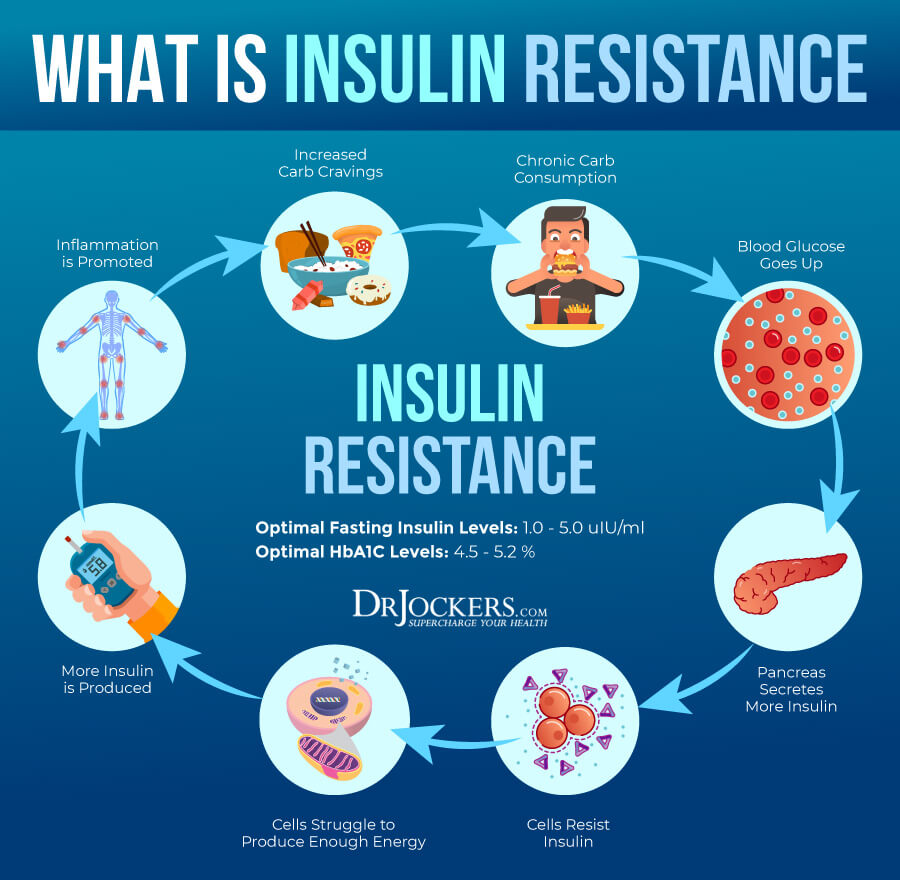
Top Fat-Burning Strategies
Now that we understand the mechanisms which largely control the body’s fat-burning ability, we can lay out some powerful strategies to increase it. After this, we can discuss how to actually measure this to see how well you are burning fat.

HIIT Training
HIIT stands for High-Intensity Interval Training. This style of exercise is a short-duration workout involving very high-intensity movements and large muscles groups altogether.
Doing so increases mitochondrial growth and efficiency. Mitochondrial efficiency is incredibly important for improving fat-burning in the body! Hence, why HIIT training has been shown to improve fat burning and weight loss (4).
Doing 2-4 workouts per week in this style can have massive benefits. The graphic below serves as a template to get you started.
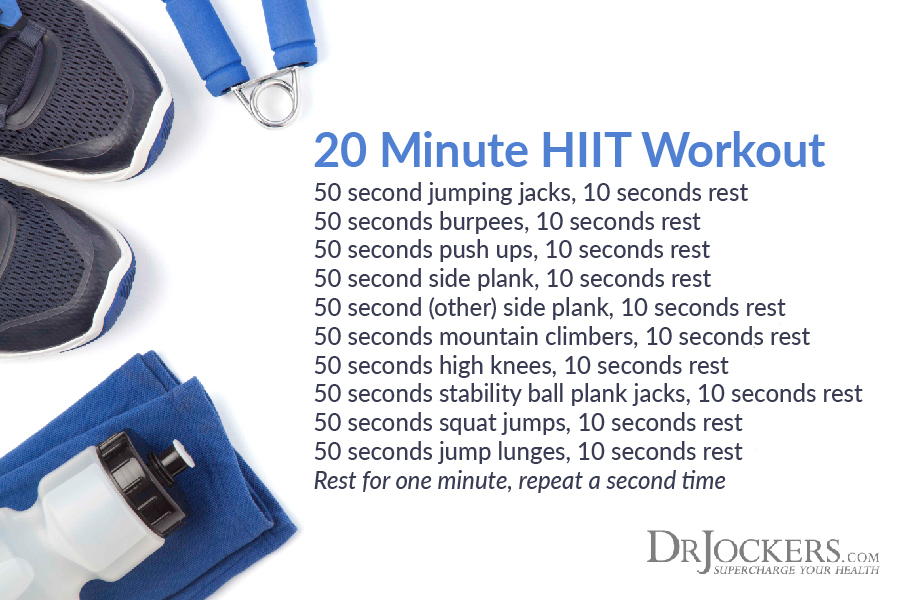
Resistance Training
Resistance training is geared towards moving heavy loads of weight with large muscle groups. Doing so stresses the muscles and can promote growth. Having higher amounts of lean body mass actually significantly increases fat-burning by upregulating the metabolism (5, 6).
HIIT and resistance training are also great for improving hormone balance. Combining these with the next strategy, intermittent fasting, will take your metabolism to the next level.
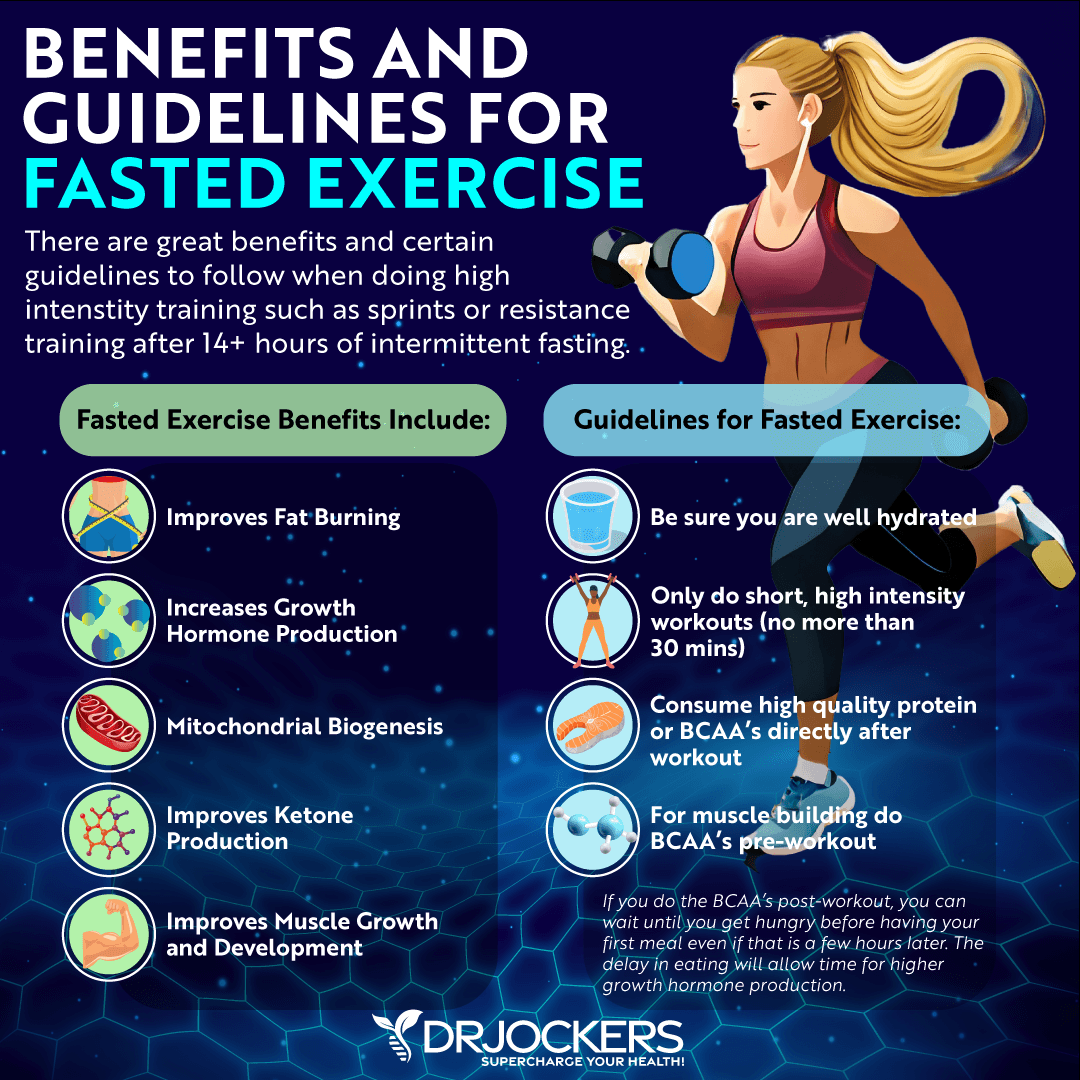
Intermittent Fasting
As we talked about just a moment ago, eating too frequently can be a stimulus for the body to hold on to fat. Well, the opposite is great for burning it off! Intermittent fasting is simply confining your eating to a smaller window during the day.
For example, one person might consume 2000 calories between 3 meals on a traditional breakfast, lunch, and dinner schedule. Someone else might consume that same number of calories, but within a 6-10 hour window of the day.
Doing so has many benefits for the body. Read about different fasting strategies here: Best Intermittent Fasting Strategies & How to Fast
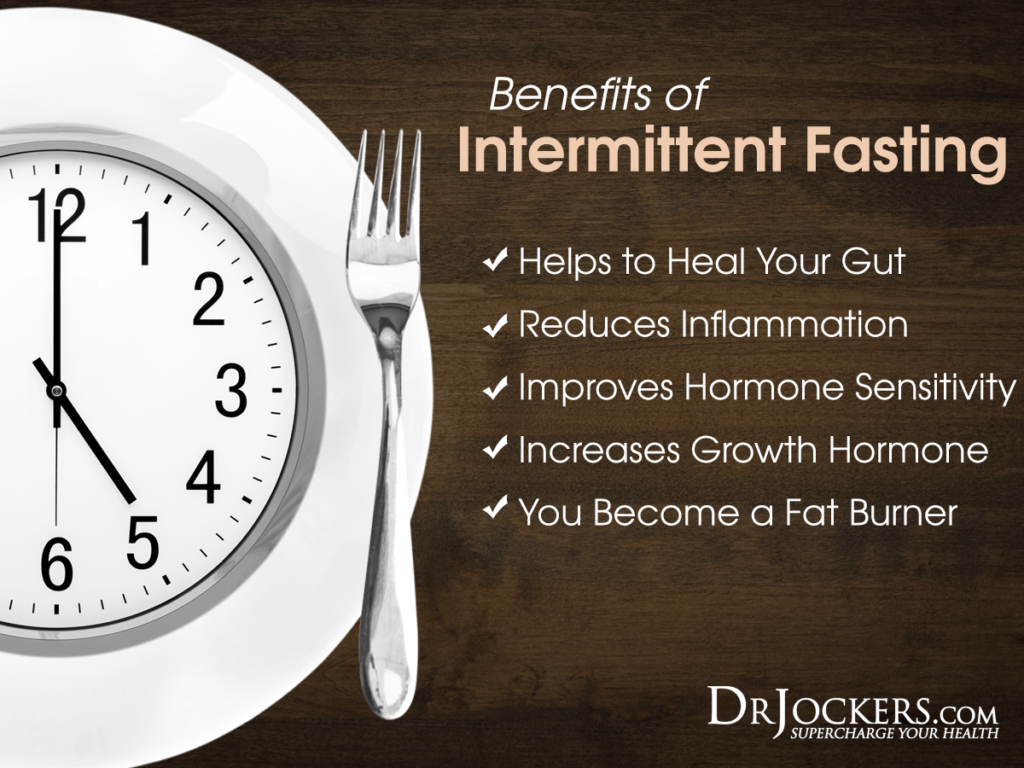
Carb Cycling
A ketogenic diet is powerful for jumpstarting fat metabolism. Once you have gone through the process with a 30 day strict keto diet to reset your metabolism to burn fat, it is important to periodically cycle out of ketosis.
To do this, you simply have one day a week where you have a higher-carb day. Some great options for carb include sweet potatoes, carrots, beets, white rice cooked with coconut oil in the water, or fresh fruit!
For some individuals who are very insulin resistant, carb cycling is not a great idea. These people need longer phases of ketosis. Everyone is unique and different so you have to see how your body uniquely reacts to carbs after you get into a comfortable state of ketosis.
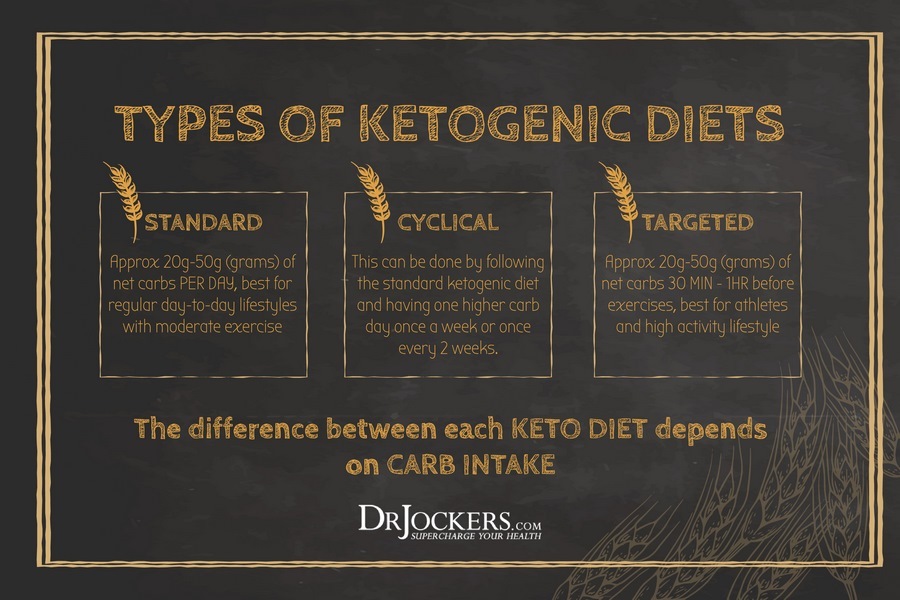
Cold Exposure
Once all of the dietary strategies are on point, you can start playing around with some more advanced metabolism hacks to improve fat-burning.
One of my favorites that is excellent for reducing inflammation is exposing the body to cold temperatures. This can be done through cold showers or even ice baths if you are looking for a stronger stimulus. Start by finishing each shower with 30 seconds of cold water. Each week increase this time by 30 seconds and see how you feel.

Sauna Therapy
It turns out exposing your body to both extremes of temperature is great for fat-burning. Using a sauna a few times per week is a great way to improve hormone balance, reduce toxins in the body, and literally destroy fat cells (7).
My recommendation would be to try and use a sauna anywhere from 2-5 times per week for 15-30 minutes per session for maximum benefits. Most big gyms have them or infrared saunas can be purchased for personal use.

Measuring Your Fat-Burning State
The above strategies are advanced techniques for increasing your fat-burning state. The best way to determine which strategies are ideal for you, is to actually measure your fat-burning state. This can be done by monitoring ketones through a number of simple methods.
There are three types of ketone bodies: Acetone, Acetoacetate and Beta-Hydroxybutryate (BHB). Each of these three can be tested as acetone is a ketone released through the breath, acetoacetate is a ketone released through urine and BHB is (although not technically a ketone it acts like a ketone) in the blood stream and used by the cells for energy. This is how you go about testing and ways to measure ketones in the body.
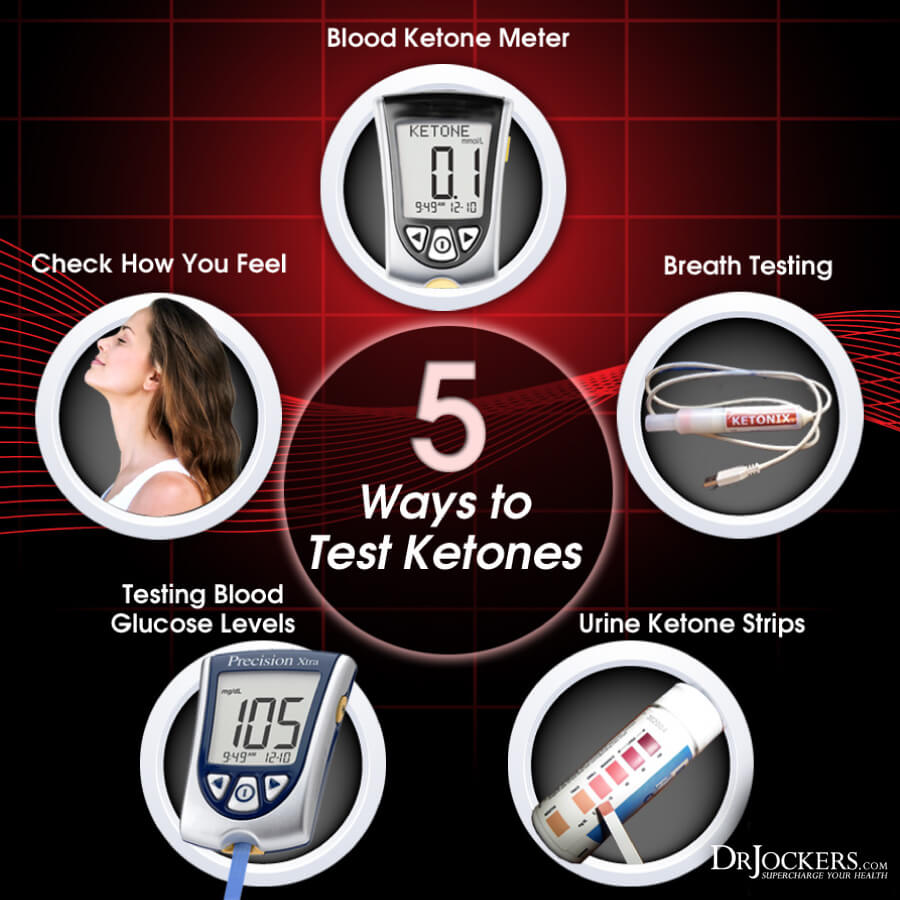
Blood Testing
Blood ketone meter tests are thought to be effective for testing ketones in your blood, but they’re invasive, painful, and expensive—who wants to prick themselves daily? Although these blood tests tend to show exact and real-time measurement of the ketones in your blood (depending on the brand) it’s only an accurate reading when you have high levels of ketones (are in deep ketosis), so smaller shifts might not register with these devices.
I personally opt for breath ketone measurements (my favorite device for this coming up), but if you have no problem with pricking your finger then the Keto Mojo is an excellent model to use that also has the capability to measure blood glucose.
Urine Testing
Urine testing is a cheap and non-invasive way to measure ketones. The issue with urine strips is that, as your body becomes more efficient at burning fat, you pee out less ketones. This would mean that as you get more keto-adapted, your urine ketone measurement should actually go down. This can make it hard to actually determine blood levels of ketones.
Other factors, such as how hydrated you are, can also alter urinary ketone readings. If you are adamant about measuring urinary ketones, then I would recommend monitoring them from the very beginning of your ketogenic eating plan. This way you can monitor long-term and observe the downward trend of urinary ketones as your body becomes more fat-adapted. A good set of strips can be purchased here.

Summary
Increasing your fat-burning state is a key component for health. Following a ketogenic lifestyle is the best way to prime the metabolism for burning fat. After that, utilizing some of the more advanced weight-loss hacks detailed above can be helpful for really ramping up your metabolism.
In order to determine which strategies give you the best boost from a fat-burning perspective, using one of the measurement techniques above is key. My personal favorite is the LEVL device because it is quick, non-invasive, and can pick up small changes in ketone levels.

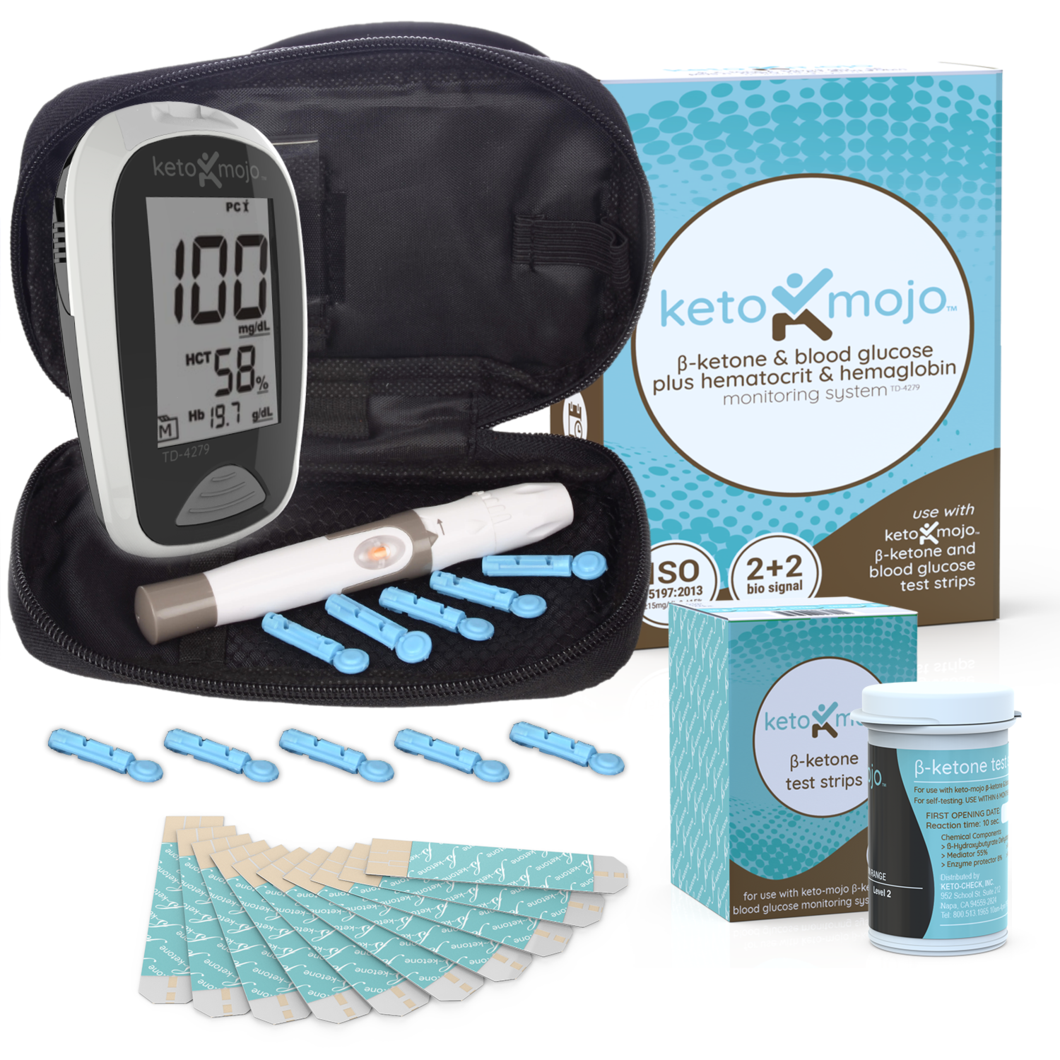
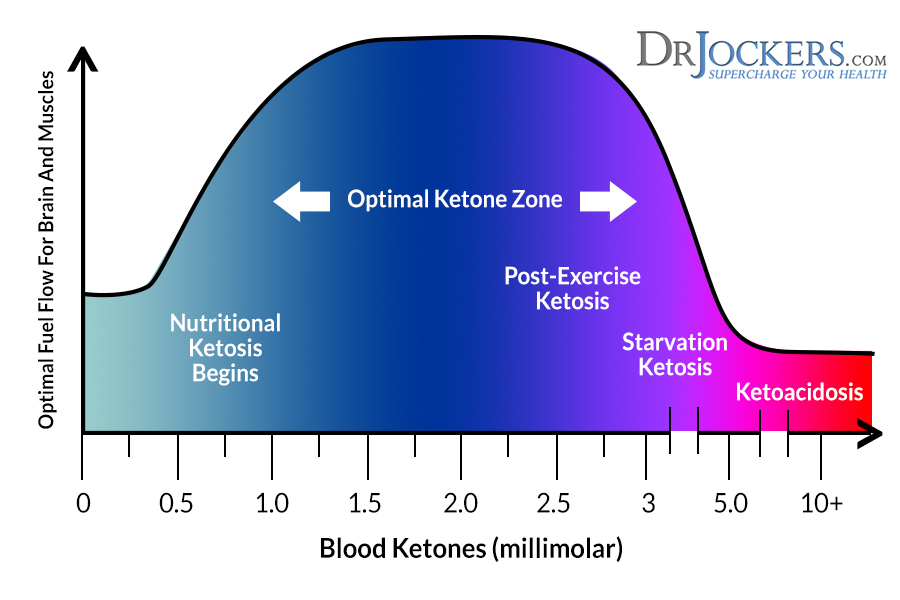

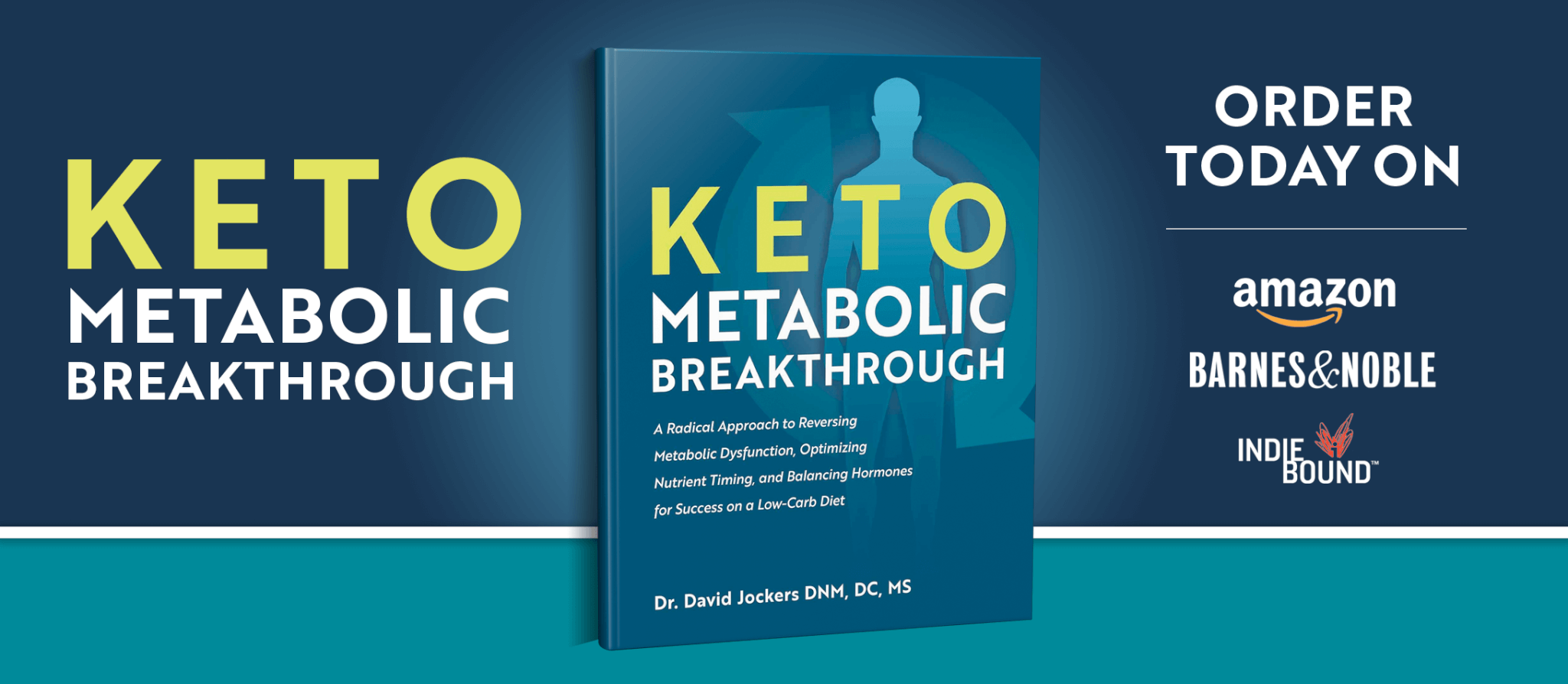


What source(s) or reference(s) is there on ….. “Once you have gone through the process with a 30 day strict keto diet to reset your metabolism to burn fat, it is important to periodically cycle out of ketosis.” ?
It is more of a consensus made amongst many of us who have couched many people through the process. Staying in strict ketosis for prolonged periods of time can often lead to down regulation of different sex and thyroid hormones. Periodically having carbs can prevent this!
Having thyroid problems, (ultra sound showed it was dead)not functioning at all. Is a Keto diet ok for me to be on or not? I never had a weight problem and put on 21/2 stone in 12 months and ancles were swelling with fluid. Doctor tested levels and thyroid problem. Very confused on what to eat, started to do Keto diet 3 weeks ago and do not understand properly how much to eat of veg, protein and fats a day. I am a grandmother raising grandson and live in Australia. I find a lot of recipes are done in imperial or American terminology like stick of butter? Also products named by American brands and don’t have a clue what they are talking about……need help but where to get it.
Hey Elaine, sorry to hear about this! These two articles would be a great place to start:
https://drjockers.com/keto-food-pyramid/
https://drjockers.com/ketogenic-diet-hypothyroid/
Actually keto is a highly infalmmatory diet that causes muscle loss. I lost the most body fat at a calorie ratio of 68% carb(none in processed form), 20% protein and 12% fat. when I had more protein my metabolism tanked and I did not lose as much body fat, and when I had more fat my metabolism tanked and I lost muscle rather than fat. vegan is the anti-inflammatory diet, not keto.
Sorry you had that experience. The research on keto is very clear that for most people it has an anti-inflammatory and fat burning state. I personally thrive on this nutrition plan. But everyone is unique and some may do well on a vegan diet.